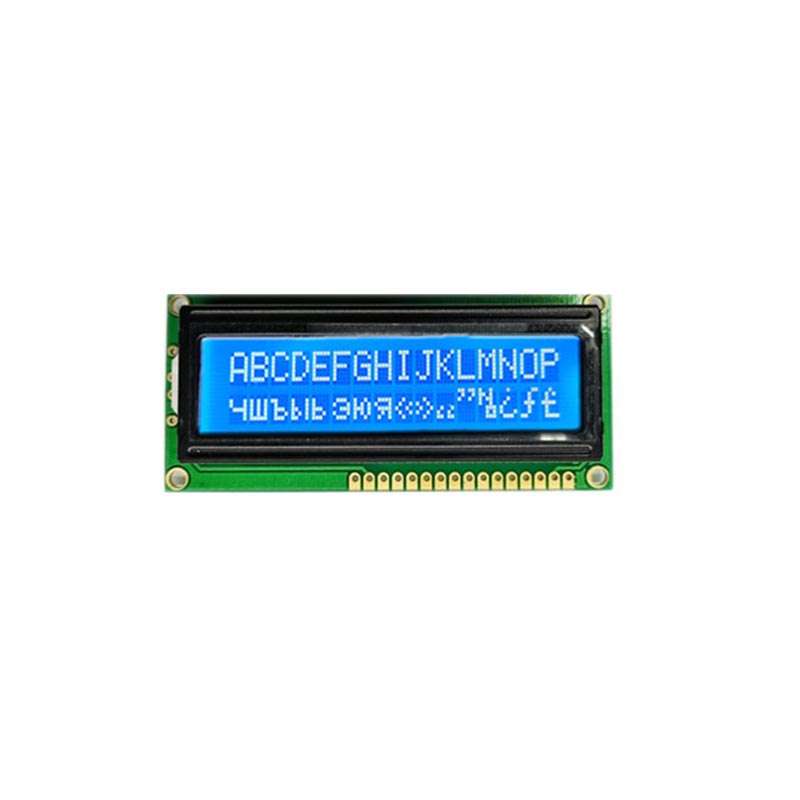What Does LCD Stand For, and How Does It Work?
LCDs are everywhere—smartphones, TVs, computer monitors, digital clocks, and even car dashboards. But have you ever wondered what LCD stands for and how it actually works? In this blog, we’ll break it down in simple terms.
What Does LCD Stand For?
LCD stands for Liquid Crystal Display. It is a flat-panel display technology that uses liquid crystals to control light and create images. LCD screens are widely used due to their thin design, low power consumption, and high-resolution capabilities.

How Does an LCD Work?
An LCD functions by manipulating liquid crystal molecules to either block or allow light to pass through, forming images on the screen. Here’s a step-by-step look at how it works:
1. Backlight (Light Source)
LCDs do not emit light on their own. Instead, they rely on a backlight, usually made of LEDs (Light-Emitting Diodes), to illuminate the screen.
2. Liquid Crystal Layer
The key component of an LCD is the liquid crystal layer, which is sandwiched between two transparent electrodes and two polarized filters.
- Liquid crystals are unique because they can be manipulated to twist and untwist when an electric current is applied.
- This movement controls how much light can pass through.
3. Polarizing Filters and Light Control
- LCDs use two polarizing filters, one in front and one behind the liquid crystal layer.
- In their natural state, liquid crystals twist light as it passes through.
- When an electric current is applied, the crystals align in a way that blocks light or allows different amounts of light to pass through.
4. Color Filters
To create colors, LCDs use a color filter with red, green, and blue (RGB) subpixels. By adjusting the intensity of each subpixel, an LCD screen can display millions of colors.
5. Pixel Arrangement and Image Formation
Each tiny point on the screen (pixel) consists of three subpixels (red, green, and blue).
- By adjusting the voltage applied to the liquid crystals in each subpixel, the display can create various colors and brightness levels, forming a complete image.
Types of LCDs
There are different types of LCD panels, each with varying performance levels:
1. TN (Twisted Nematic) Panels – Fast response times but lower color accuracy and viewing angles (common in budget monitors and gaming screens).
2. IPS (In-Plane Switching) Panels – Superior color accuracy and wide viewing angles (used in high-end monitors and smartphones).
3. VA (Vertical Alignment) Panels – Deeper contrast and better colors than TN but slower response times (popular in TVs).
Why Are LCDs Popular?
- Energy Efficient – Uses less power compared to older CRT (Cathode Ray Tube) screens.
- Thin and Lightweight – Ideal for modern slim-profile devices.
- Sharp Image Quality – High resolution with vibrant colors.
LCD technology revolutionized display screens, making them brighter, clearer, and more efficient. From smartphones to TVs, LCDs remain a vital part of modern electronics.
JINGDA-DISPLAY is a professional monochrome LCD display manufacture and LCM module supplier in China, we are specialized in manufacturing LCD Display for more than 10 years. The Company has a strong market position, particularly in Monochrome LCD and OLED Display. Visit our website at www.jda-display.com to learn more about our products. For inquiries, you can reach us at vincent@jdadisplay.com.




